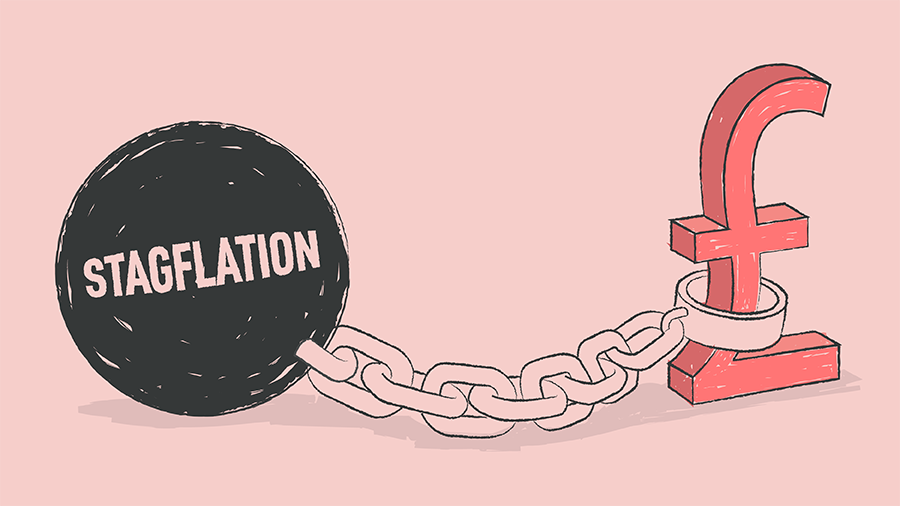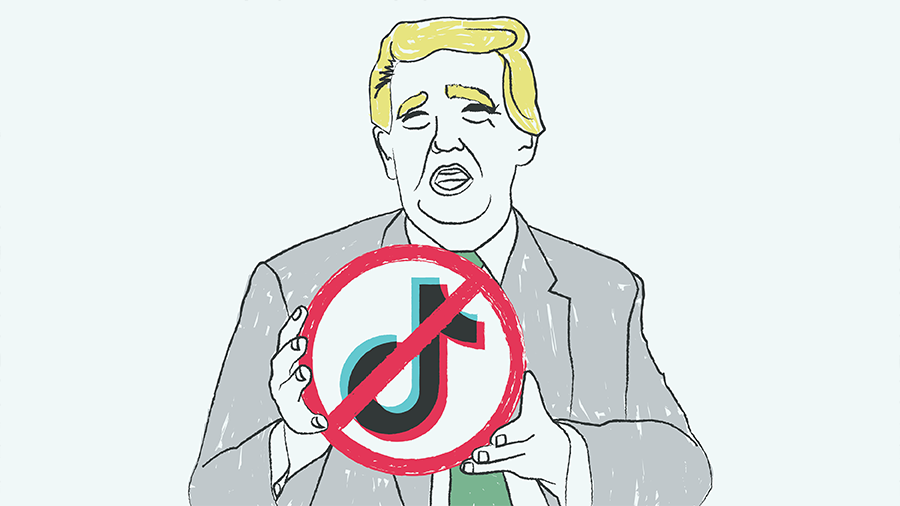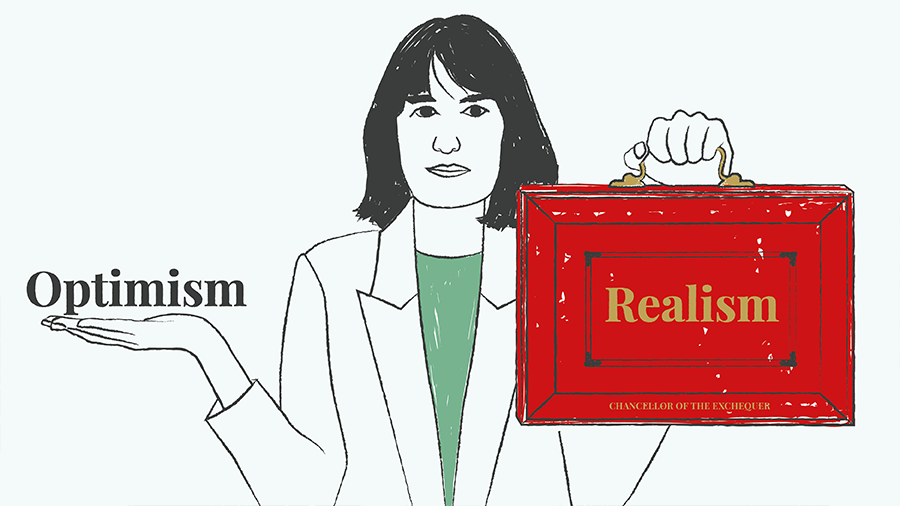A few years back, venture capitalist Hermann Hauser – one of the leading figures behind Acorn computers and chip giant ARM – neatly summarised the importance of having the right people in your executive team: “An A team with C technology wins over a C team with A technology, every time”.
As anyone who’s tried assembling a corporate A team will tell you though, it isn’t quite as straightforward as scouring all the dive bars in Cairo for the business versions of Murdock and B.A. Baracus.
We all know a great team is more than the sum of its parts, but we less often face up to the implication, that finding a group of great people does not automatically mean you’ll have a great team.
So what does a world class executive team need?

Clarity
You can have the best people in the world, but if they’re not pulling in the same direction, you’ll go in circles. Great executive teams share the same vision and purpose for the business – where it’s going and why.
Unsurprisingly this has to come from the leader. The trouble is, CEOs can often believe they have established a shared vision, when actually they haven’t – senior team members sometimes have radically different ideas or interpretations, because the chief executive hasn’t been clear or persuasive enough.
Action: The CEO of a successful high street food and drinks retailer once told me that you should be able to articulate the company’s vision, purpose and strategy on the back of a beermat. Try it, then ask the C-suite to do the same, independently. If there are discrepancies, work on distilling it together as a matter of priority, and then keep articulating it.
Depth of leadership capability
Great organisations can’t just have one person capable of leadership, particularly as they scale. Frontline workers and middle managers alike are far less likely to interact with their chief exec than with their divisional MDs and department chiefs, so the leadership these people bring to the table is vital if the business is going to excel. Having leadership capability in depth also reduces dependence on the CEO, allowing them to deputise and thus concentrate on the tasks where they can add the most long-term value.
Action: Soberly assess your role as leader in how decisions are made. Does everything hinge on you? Do you reward initiative and independent action? If not, maybe it’s time to loosen your grip and think about how you develop leadership potential.
Differences
A fundamental principle behind teams is that differences can be complementary. A high-performing team of individuals with diverse perspectives, personalities and backgrounds will beat a pod of clones any day, because they will avoid the dangers of groupthink, and will display a greater degree of collective intelligence.
Sometimes these differences cause clashes, and if they’re not managed properly those clashes can make the team dysfunctional. The trick is to get just enough creative friction without people starting to feel that they can’t work with each other.
Action: Rather than approaching diversity as a tick-box exercise, think about the differences and similarities between your team members. Are they desirable (different approaches) or undesirable (different values)? If you have too much similarity, start looking for candidates outside of the same old places – you might just get different results.
Psychological safety
We tend to think the lack of psychological safety – where people feel free to voice their opinion without fear of punishment or embarrassment – is a problem that is pertinent mainly to junior team members, who are perhaps doubtful of their abilities. But it can apply at senior levels too, holding them back and encouraging a culture of sycophancy, particularly if the CEO is a bit of a tyrant.
This comes down to having people in your team who are independently-minded, creative thinkers, rather than yes wo(men), and also to the leader actively encouraging their team to speak their minds.
Action: Leaders can struggle to see if they’re creating psychological safety or not – people who don’t feel safe telling you what they think are hardly likely to make that known. Take a step back and think how often people disagree with you – if the answer is ‘never’ (or ‘not for long…’), then either you’ve got the wrong people or you’re not letting them breathe.
Skill
Technical ability and experience may not be sufficient for great teams, but they are still necessary. The best executive teams have a range of complementary skills, both hard – e.g. lean operations, influencer marketing, capital budgeting – and soft – e.g. communication, analytical thinking and relationship-building.
Action: Systematically review the skills you need specifically at the C-level, both for running the business of today and the business you want tomorrow. Fill the gaps.
With the right skills, a clear vision, depth of leadership capabilities, diversity of thought and a culture of psychological safety, you can build your own A-team. Just remember it’s not an exact science – someone can appear like the perfect addition on paper, but only a deeper examination of how your executive team actually works will reveal whether they’ll fit.
















